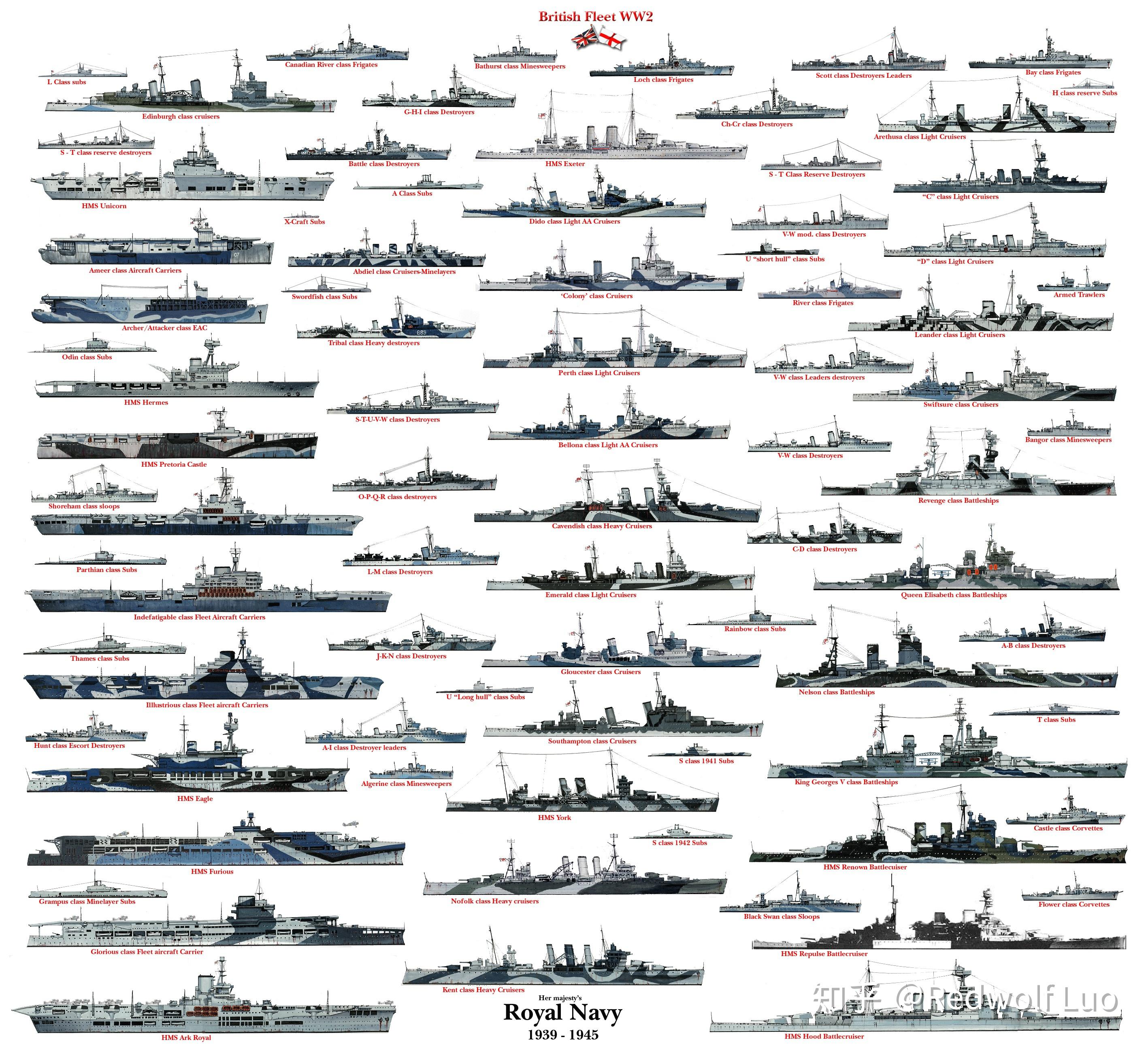

The Virginia, although unable to damage the Monitor, temporarily blinded its captain. The battle continued for up to four hours, during which the Monitor was able to damage the armor of the Virginia. The Virginia returned the following morning only to find that the Union ironclad USS Monitor had arrived overnight to help protect the remaining ships. The fighting came to an end when darkness descended, and temporary repairs were made. The initial attack proved that the ironclad ship was effective, destroying the USS Congress and doing significant damage to the other wooden Union ships it encountered. In an effort to test out the new ironclad vessel, the Virginia was sailed to Hampton Roads and a blockade of Union warships near Fort Monroe. The Battle of Hampton Roads was the first battle of armored ironclad ships, pitting the CSS Virginia against the USS Monitor.

Over the course of its history, the Navy has been part of many conflicts and wars. It has grown from a fleet of wooden warships with sails to cruisers, destroyers, and carriers that use GPS tracking, nuclear power, and other advanced technology.

In April 1798, the Department of the Navy was formed, which led to the current United States Navy, one of the most formidable naval forces in the world. The first naval force in the United States, the Continental Navy, was established in 1775.


 0 kommentar(er)
0 kommentar(er)
